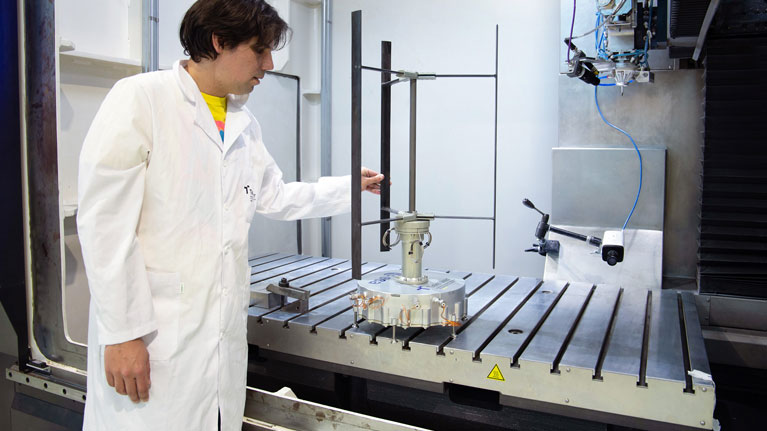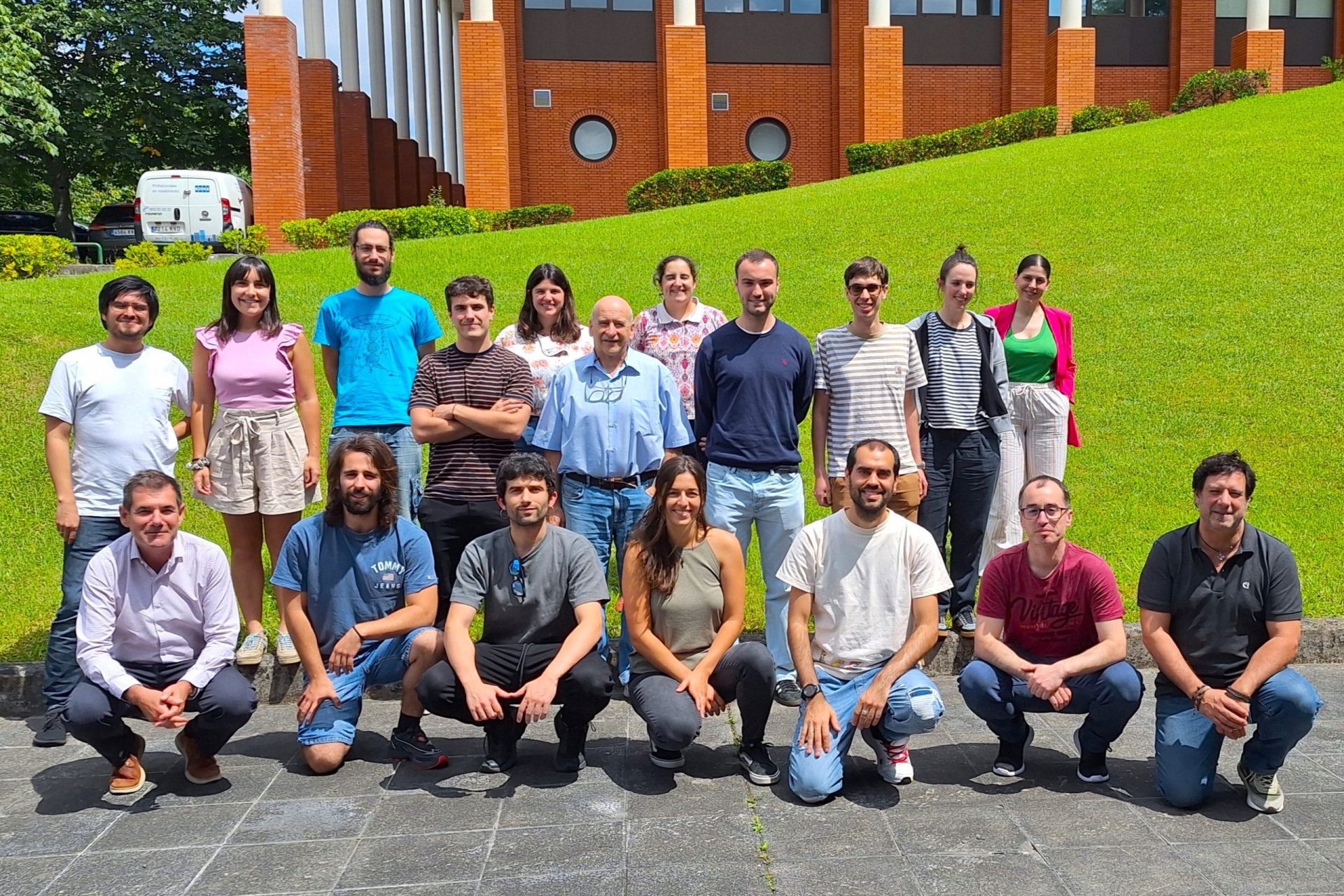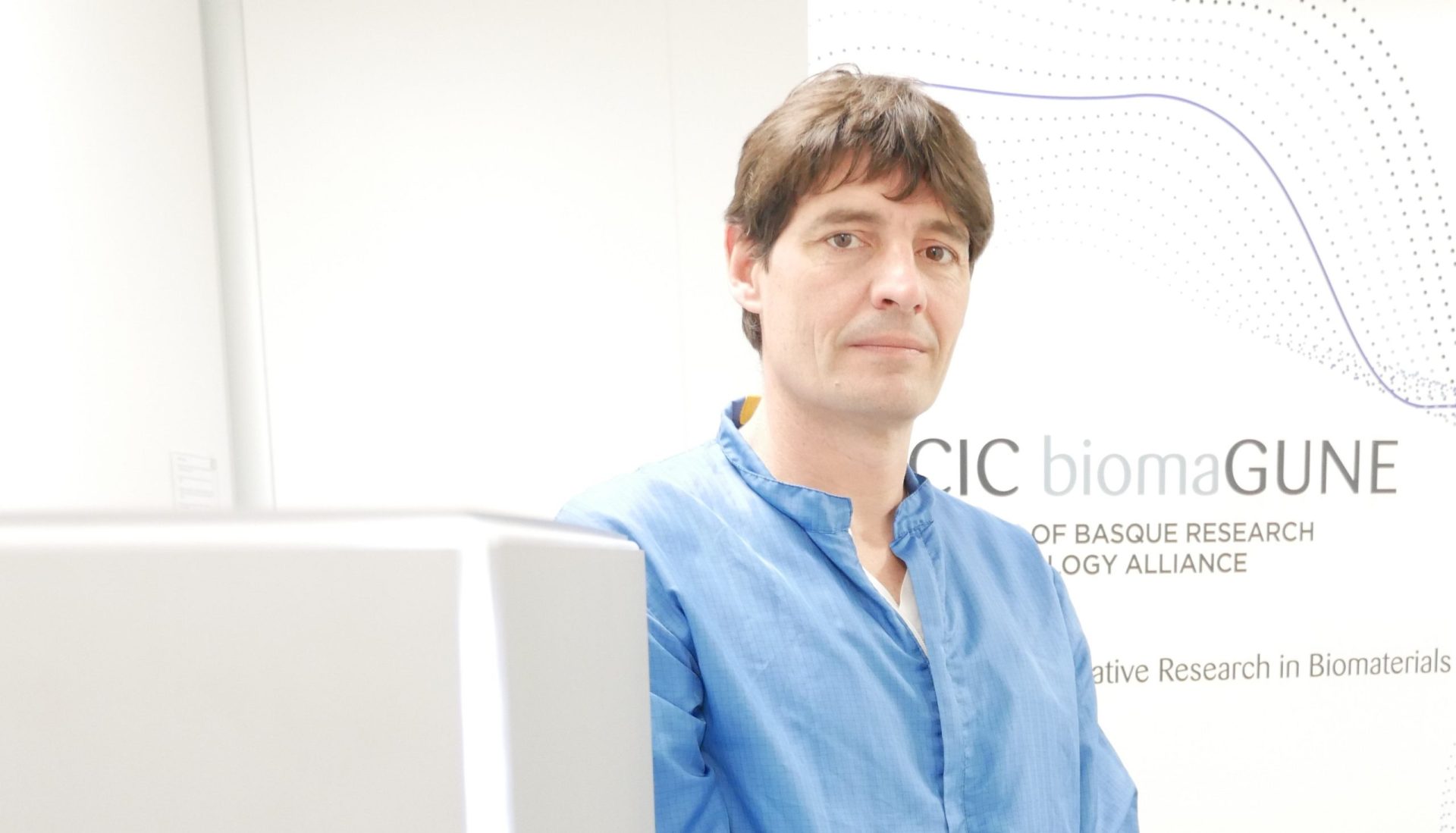Turning Mars’ wind into electrical power to facilitate space exploration

The Tekniker technology centre has designed, manufactured and validated for the European Space Agency (ESA) the prototype of a wind turbine adapted to the environmental conditions of the red planet.
Can the wind on Mars be converted into electrical energy? This is the question that has led the Tekniker technology centre, a member of the Basque Research and Technology Alliance (BRTA), to design and manufacture for the European Space Agency (ESA) the first wind turbine adapted to the environmental conditions of the red planet and to contribute to the energy supply of future space exploration missions.
The prototype, developed since 2021 in the framework of the ESA-funded HORACE project, has been validated in a wide range of test campaigns at Tekniker’s facilities in Eibar (Gipuzkoa) and in the wind tunnel at the University of Aarhus (Denmark), ESA’s unique facility for simulating Martian environmental conditions. The turbine has been tested with wind gusts of between 26 and 16 m/s and atmospheric pressure of between 8 and 16 millibars, the usual conditions on the Martian planet.
The result is a wind turbine with a maximum electrostatic power of 15 kilowatts, which increases power generation in the Mars environment by 31% compared to the Earth’s atmosphere and operates at a speed of between 50 and 432 revolutions per minute.
In addition, it has a rotating, pressurised mechanism that allows the movement of the shaft and prevents dust ingress by means of an ad hoc sealing element.
“A constant and reliable power supply is essential for space missions and habitability on a territory like Mars. This initiative seeks to take advantage of the planet’s environment to convert the mechanical energy of the wind into electrical energy and thus have an auxiliary source of wind energy to the solar cells that are usually used,” explains Borja Pozo, researcher and head of Tekniker’s space sector.
Promising technology for space
The technology centre’s team working on this project has based itself on a relatively new and promising technology for use in space: triboelectric energy.
“The usual electromagnetic generators have limitations for planetary exploration, mainly due to their heavy weight, which causes high launch costs. In this project we have investigated triboelectric generators as an alternative, which are lighter and lighter and make missions more efficient and economical,” adds Borja Pozo.
This technology is based on the production of energy through friction and has required the development and testing of a combination of advanced triboelectric materials with excellent tribological (low friction and wear performance), mechanical (impact resistant), triboelectric (triboelectrification and interfacial conductivity) and power generation density properties in the extreme conditions of Mars.
“We selected aluminium, Diamond Like Carbon (DLC) coating and modified Teflon for the prototype because of their higher power density, as well as their potential use as lubricants and solid films in the Mars environment,” says the researcher.
Tekniker’s research work, as well as its know-how in these coatings and materials, has allowed it to optimise the turbine architecture to solve the limitations in terms of abrasion resistance, lubrication capacity, durability and ageing, achieving more than two million nominal operating cycles with this first prototype.
ESA thus has essential knowledge to define the industrialisation roadmap for this novel power generation system.
The next steps, once the HORACE (Triboelectric Energy Harvesting for Mars Exploration) project is completed, include design optimisation and further test campaigns to demonstrate the correct functioning of the model for the Mars environment and conditions.




